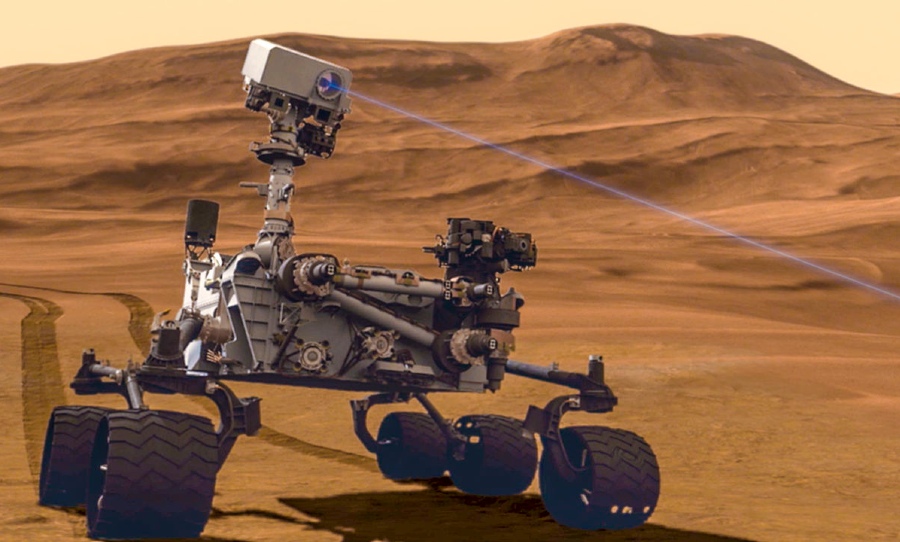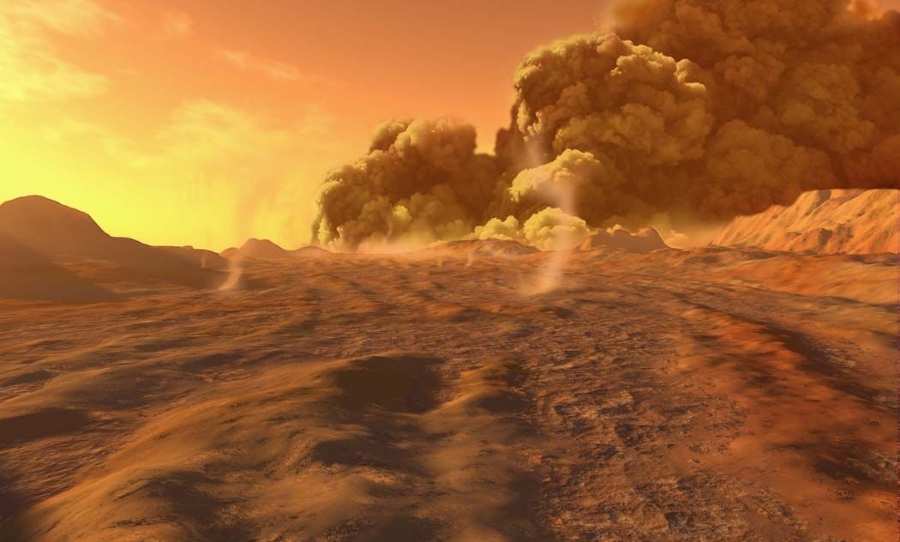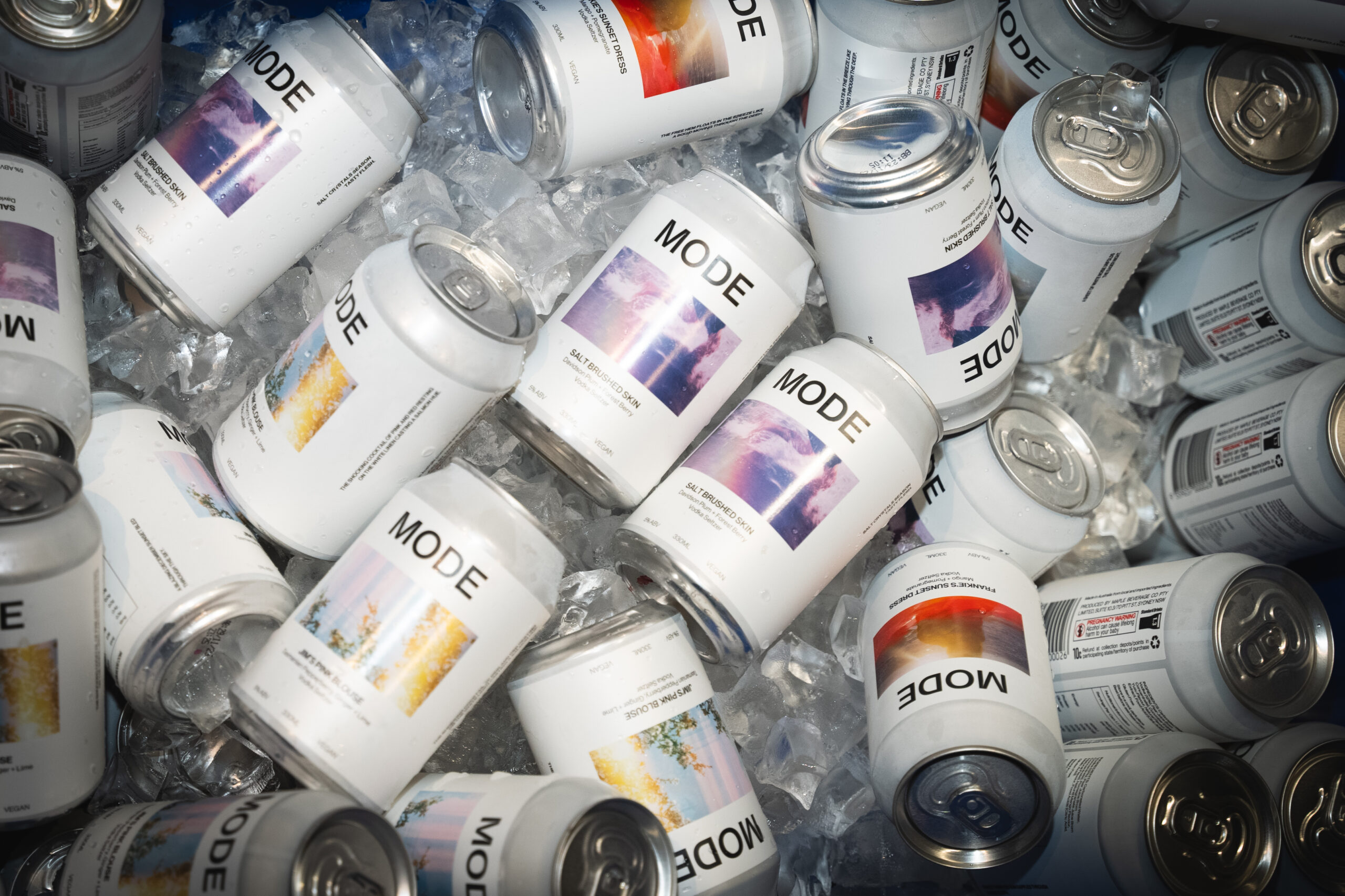On Monday, NASA announced that its Curiosity Mars rover would be going on a “summer road trip”.
The rover’s journey is set to cover just under 2km of terrain and will continue to search for conditions that may have once supported ancient life.

Cue the montage music: whilst earthlings are stuck inside, NASA has announced their Curiosity rover is set to head off for a summer road trip on Mars.
“NASA’s Curiosity Mars rover has started a road trip that will continue through the summer across roughly a mile (1.6 kilometers) of terrain,” NASA described in an accompanying statement.
“By trip’s end, the rover will be able to ascend to the next section of the 3-mile-tall Martian (5-kilometer-tall) mountain it’s been exploring since 2014, searching for conditions that may have supported ancient microbial life.”
The rover will be further exploring Mount Sharp, located on the floor of Gale Crater. The mountain is apparently composed of sedimentary layers that have built up over time.
“Each layer helps tell the story about how Mars changed from being more Earth-like – with lakes, streams and a thicker atmosphere – to the nearly-airless, freezing desert it is today,” they continued.
Next up, the rover will reach a part of the mountain called the “sulfate-bearing unit”, another location which may hold clues to the reason why the climate changed so drastically almost 3 billion years ago.
However, the journey won’t be without its challenges. On the way to those sulfates is a vast patch of sand that Curiosity must drive around to avoid getting stuck. The rover will be controlled by human planners who are commanding the vehicle from their own homes rather than their offices at NASA’s Jet Propulsion Laboratory (JPL) in Southern California.
“Curiosity can’t drive entirely without humans in the loop,” described Matt Gildner, lead rover driver at JPL. “But it does have the ability to make simple decisions along the way to avoid large rocks or risky terrain. It stops if it doesn’t have enough information to complete a drive on its own.”
Curiosity is picking up from where its predecessor Opportunity left off. In 2004, Opportunity discovered small spherules on the surface of the planet – dubbed “blueberries” – which seemed to indicate the ancient presence of water. Curiosity has found a similar version of these spherules, called nodules, which consist of a slightly different composition. These nodules suggest that there was water in the Gale crater long after the lakes disappeared and the mountain took shape. This ultimately lengthens the period in which the area could have sustained life.
“Curiosity was designed to go beyond Opportunity’s search for the history of water,” described Abigail Fraeman of JPL, deputy project scientist for both missions. “We’re uncovering an ancient world that offered life a foothold for longer than we realized.”



